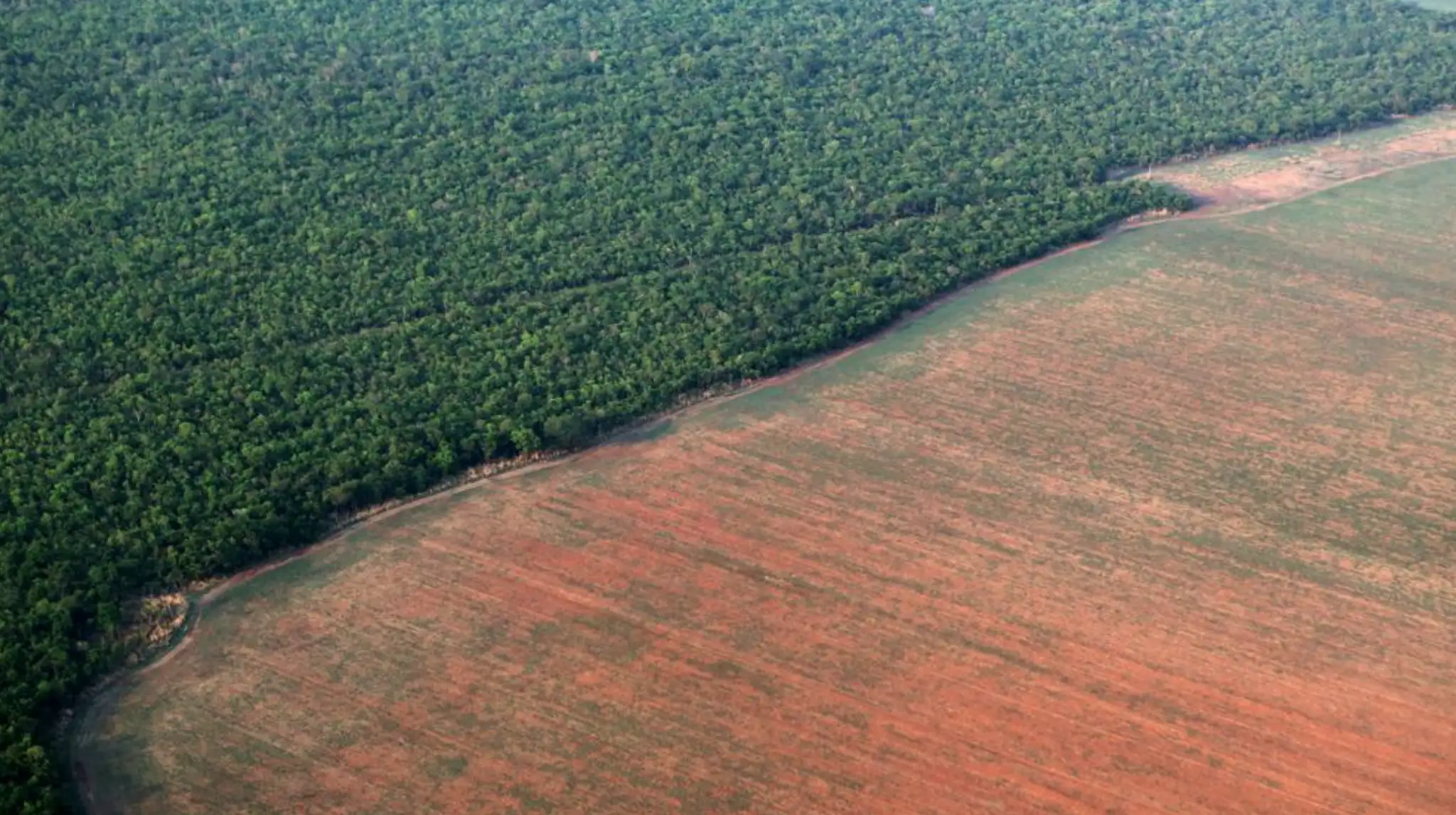Em dezembro de 2022, na 15ª Conferência das Partes da Convenção das Nações Unidas sobre Diversidade Biológica, presidida pela China e organizada pelo Canadá, foi adotado o Marco Global de Biodiversidade de Kunming-Montreal, (GBF, na sigla em inglês). O GBF inclui quatro objetivos globais ambiciosos e 23 metas para 2030.
Por que a biodiversidade?
“A biodiversidade é fundamental para o bem-estar humano e a saúde do planeta, bem como para a prosperidade econômica de todos os povos. A biodiversidade nos permite viver em equilíbrio e harmonia com a Mãe Terra, pois dependemos dela para obter alimentos, remédios, energia, ar e água limpos, segurança frente às catástrofes naturais, bem como recreação e inspiração cultural, e sustenta todos os sistemas de vida na Terra”.
O GBF pretende responder ao Relatório de Avaliação Global sobre Biodiversidade e Serviços Ecossistêmicos, publicado pela Plataforma Intergovernamental Científico-Normativa sobre Biodiversidade e Serviços Ecossistêmicos (Ipbes) em 2019, que constatou que, apesar dos esforços feitos, a biodiversidade têm mostrado recentemente um rápido declínio.
Por exemplo, o relatório constatou que 25% das espécies dos grupos avaliados estavam ameaçadas, o que sugere que cerca de um milhão de espécies já estão ameaçadas de extinção, muitas delas dentro de décadas, a menos que sejam tomadas medidas rápidas.
Dentre as principais causas dessas ameaças com maior impacto global figuram a conversão devido ao uso da terra e do mar, a exploração direta de plantas e animais, as mudanças climáticas, a poluição e a alteração de ecossistemas naturais por espécies exóticas. No entanto, ações rápidas, urgentes e concertadas através da conservação, restauração e uso sustentável da natureza em grande escala podem fomentar uma mudança transformadora e ajudar a apoiar outros objetivos sociais globais, incluindo a segurança alimentar e hídrica.
O propósito do GBF é catalisar e possibilitar essas ações transformadoras para deter a perda de biodiversidade e assegurar os benefícios que proporciona, como alimentos, medicamentos, energia, ar e água limpos, segurança frente aos desastres naturais, bem como recreação e inspiração cultural, e sustenta todos os sistemas de vida na Terra.
A visão da GBF para 2050 é um mundo onde exista harmonia com a natureza e onde “a biodiversidade seja valorizada, conservada, restaurada e utilizada sabiamente, mantendo os serviços dos ecossistemas, sustentando um planeta saudável e proporcionando benefícios essenciais para todas as pessoas”.
A missão da GBF para 2030, com relação à visão 2050, é tomar medidas urgentes para deter e reverter a perda de biodiversidade, a fim de pôr a natureza na trilha da recuperação para o benefício das pessoas e do planeta, conservando e usando a biodiversidade de forma sustentável; garantir a divisão justa e equitativa dos benefícios derivados do uso de recursos e, ao mesmo tempo, proporcionar os meios necessários para sua aplicação.
Os 23 objetivos para 2030 concentram-se nas seguintes áreas: redução das ameaças à biodiversidade; satisfação das necessidades das pessoas mediante ao uso sustentável e a distribuição de benefícios; e ferramentas e soluções para a aplicação e a integração.
O Marco Mundial para a Biodiversidade de Kunming-Montreal constitui um novo e ousado desafio para as economias em desenvolvimento e para cumprir o plano histórico da COP15 de conservar ao menos 30% de toda a terra e sua água até 2030. As soluções que partem da natureza e são usadas para restaurar ecossistemas e frear os efeitos climáticos em zonas em desenvolvimento e gerenciar o desenvolvimento de forma sustentável para as pessoas e para a natureza são formas fundamentais pelas quais os países pretendem aplicar esse plano 30*30 e atingir suas metas.
Mas será que temos os objetivos de desenvolvimento sustentável e os marcos de monitoramento necessários para alcançar essas metas? Os enfoques relacionados às bacias hidrográficas para o planejamento e o desenvolvimento sustentável e o monitoramento e a avaliação na América Latina e no Caribe permitem inovações em matéria de sustentabilidade em termos de impacto transformador.
Esta semana, no Congresso de Pesquisa e Inovação para Sustentabilidade, que acontecerá na Cidade do Panamá (Panamá), o principal encontro transdisciplinar do mundo para a comunidade global de sustentabilidade, várias sessões abordarão os desafios que a GBF pretende superar.










